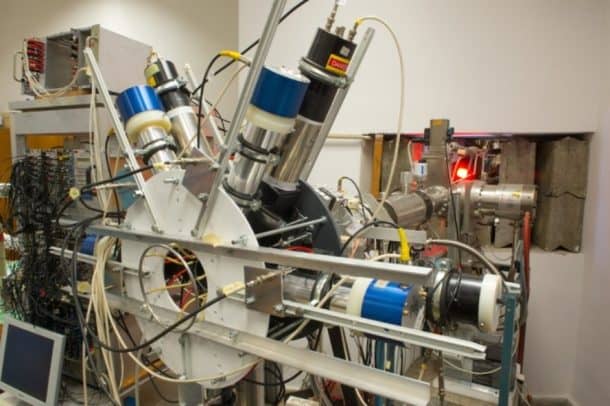Brace yourself for a major revamp in the world of physics. After learning for decades that gravitation, electromagnetism, and the strong and weak nuclear forces are the only four fundamental forces of nature, now there is about to be an addition of another one! Researchers at the University of California, Irvine (UCI) have rocked the world of science by recently announcing the ‘possible discovery’ of a previously unknown subatomic particle. This is truly significant in that if it is confirmed then it can unlock the secrets of dark matter, the ultimate dream of every astrophysicist. Until now the discovery of a fifth force of nature has been presented in the form of a mysterious new particle, but after the recent publication, it can now be classified as a newly discovered light particle that adds a fifth component to the four known forces of nature. This could also mean that it is a larger or a more fundamental force when compared with one of the existing forces.
Identification of an “excess of events” during a study by experimental nuclear physicists at the Hungarian Academy of Sciences concluded that this new light particle is about 30 times heavier than an electron. But back then, it could not be determined whether the particle was capable of transferring force, or was simply a speck of matter. UCI’s research is significant in this context that now finally the world of science can start talking about the possibility of a fifth force of nature with concrete evidence at hand.

This discovery of a possible fifth force has the potential to completely change the way we perceive and understand the world, with consequences for the unification of forces and dark matter. UCI’s physicists corrected and built on the earlier claims of the particle being a dark photon, and suggested that it may be a “protophobic X boson.”
Co-author of this study Timothy Tait, claims said “There’s no other boson that we’ve observed that has this same characteristic. Sometimes we also just call it the ‘X boson,’ where ‘X’ means unknown.”
These groundbreaking research has recently been published in the journal Physical Review Letters.
Have anything else to add to this article? Let us know in the comments’ section below!


